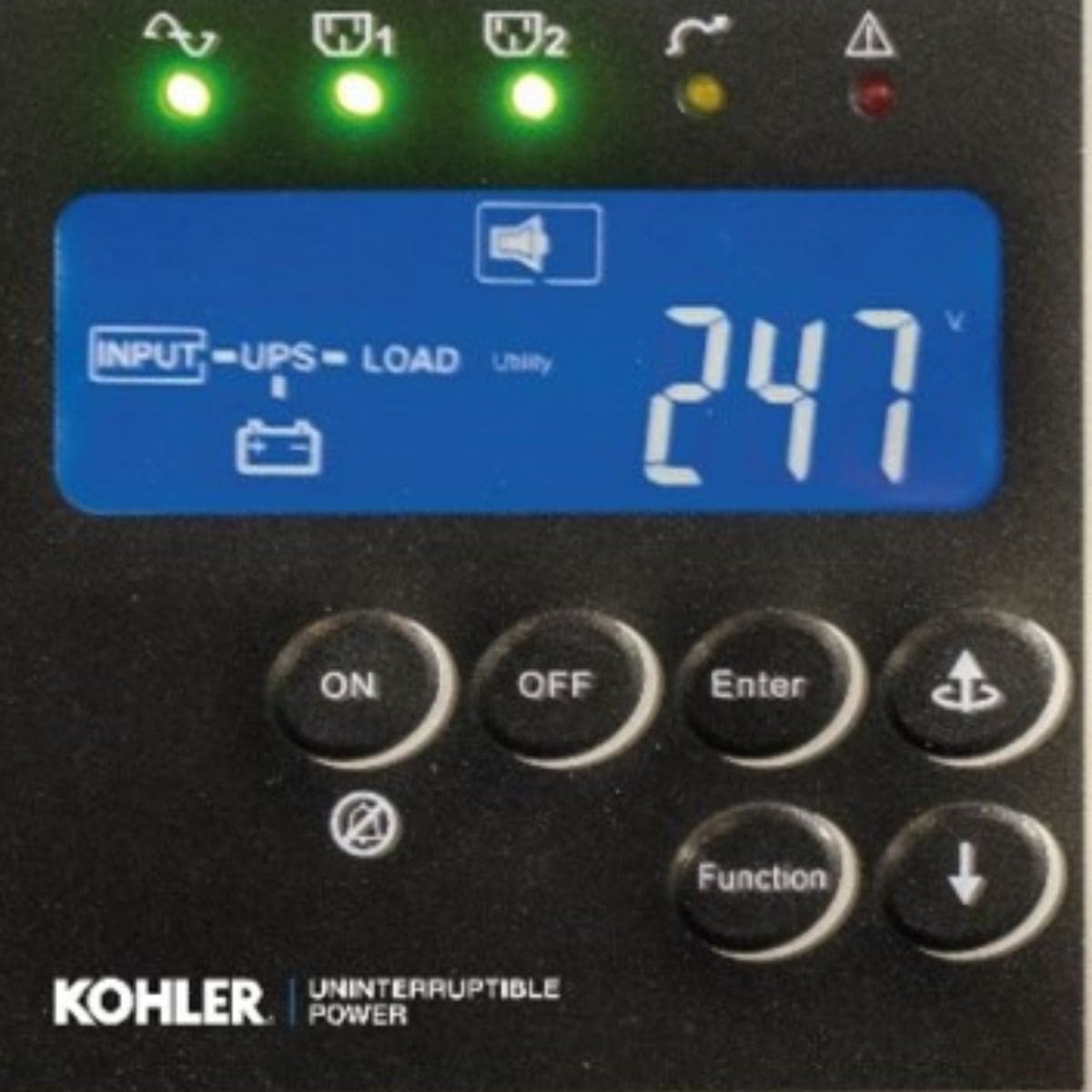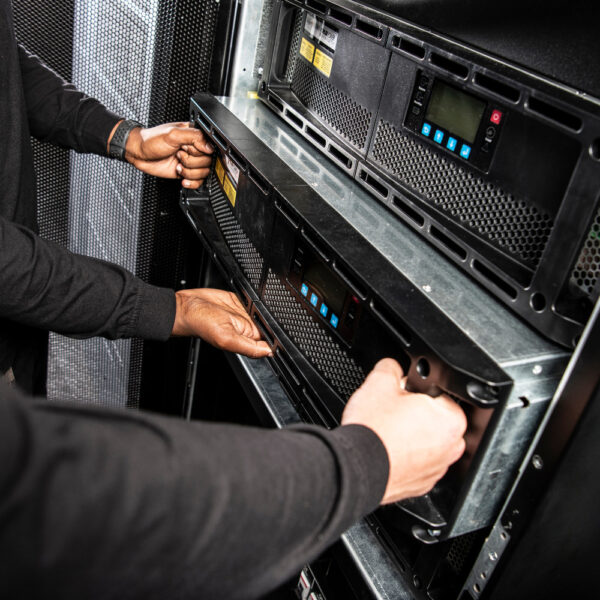In a world increasingly dependent on technology, from business operations to healthcare and entertainment, uninterrupted access to electricity is more critical than ever.
Power outages and fluctuations, however, are inevitable, and their consequences can range from minor inconveniences to catastrophic failures. For instance, valuable research data can be lost in seconds, manufacturing operations can come to a halt at a critical step, or even life-saving medical equipment can shut down in a hospital.
This is where an uninterruptible power supply (UPS) system comes in. A UPS system ensures that critical electronic equipment remains operational during power disruptions, offering backup power and critical protection from potential damage.
Whether it’s for your home office, a datacentre, or sensitive medical devices, choosing the right UPS system for your needs is crucial. But with various types of UPS systems available, it’s essential to understand the differences to make an informed choice.
What’s the Difference Between UPS Systems?
Not all UPS systems are designed the same way. The way power flows through these systems, when it’s normal and during an outage, can vary significantly. There are three common types of UPS systems, each is suited for different power protection needs:
- Offline (Standby) UPS
- Line-Interactive UPS
- Online (Double-Conversion) UPS
Offline (Standby) UPS
An offline UPS, also known as a standby UPS, is the most basic type of UPS system. With this setup, power flows directly from the primary source (such as the grid) to connected devices. When the system detects a power failure or voltage fluctuation, it switches, with a small break to the internal battery to keep the devices running smoothly.
Typical Use of Offline UPS:
Offline UPS systems are most commonly used for smaller-scale applications such as personal computers, home electronics, or small office equipment. They are affordable, easy to maintain, and suitable for applications where the risk of power disruptions is minimal.
Advantages and Disadvantages of Offline UPS:
| Advantages: | Drawbacks: |
|
|
Line-Interactive UPS
The line-interactive UPS system is a step up from the offline model. With this configuration, the UPS has a built-in voltage regulator, which constantly corrects minor voltage fluctuations without having to switch to battery power. If the power failure or fluctuation exceeds the system’s correction capacity, the UPS will then switch, with a small break, to the internal battery.
Typical Use of Line-Interactive UPS:
This type of UPS is ideal for small businesses, home offices, or networks that experience frequent minor power fluctuations.
Advantages and disadvantages of line-interactive UPS:
| Advantages: | Drawbacks: |
|
|
Online (Double-Conversion) UPS
An online UPS, also known as a double-conversion UPS system, offers the highest level of power protection. This system continuously converts incoming AC power to DC power, and then back to AC to supply clean, uninterrupted power to connected devices. This ensures that no matter the fluctuation in the primary power source, the devices are always running on power from the inverter, not directly from the grid.
Typical Use of Online UPS:
Online UPS systems are the gold standard for critical applications that cannot tolerate any downtime, such as: large data centers, hospitals, and industrial operations. This system is ideal when even the briefest power interruption could result in significant financial, data, or health risks.
Advantages and Disadvantages of Online UPS:
| Advantages: | Drawbacks: |
|
|
What UPS System Do I Need?
Choosing the right UPS system depends on several factors: the level of protection you need, the size of the equipment to be protected, and your budget.
For home offices or small devices, an offline UPS system may suffice. It’s an affordable option for occasional use and minor fluctuations. However, for environments where downtime or outages can’t be tolerated, an online UPS system is essential. Line-interactive UPS systems offer a middle ground, with enough protection for networks or systems that experience frequent minor power interruptions but don’t need full protection.
When considering power protection, you should also decide between standalone and modular UPS systems:
- Standalone UPS: A traditional UPS system that comes as a single, fixed unit. It’s a common choice for individual devices or small setups.
- Modular UPS: This system offers flexibility, allowing you to add or remove modules to scale the power capacity or redundancy as needed. It’s perfect for growing businesses or critical applications where scalability is a priority.
Standalone vs. Modular UPS systems
Standalone UPS units are fixed systems that come with a pre-defined capacity. They are typically suitable where power demands are predictable. These systems are easy to install and maintain but might lack the flexibility of modular systems.
In contrast, modular UPS systems are designed to be scalable. With their flexible capabilities, they allow you to add more modules as your power requirements grow, or where redundancy is required, making them ideal for businesses and industries with ever-increasing demands.
In summary, selecting the right UPS system for your needs requires understanding the differences between the different types of UPS systems: offline UPS, line-interactive UPS, and online UPS. Your decision should consider the your equipment and what it is being used for, the likelihood of power disruptions, and your budget. Whether you’re managing a small business, protecting sensitive medical equipment, or maintaining a datacentre, knowing which system to choose ensures your devices remain protected and operational when it matters most.
Read more detailed information about the different UPS systems available here.





